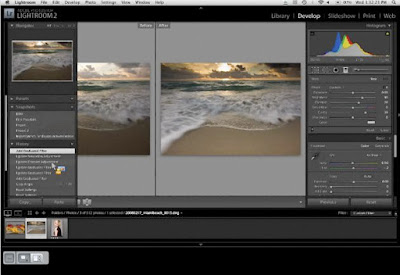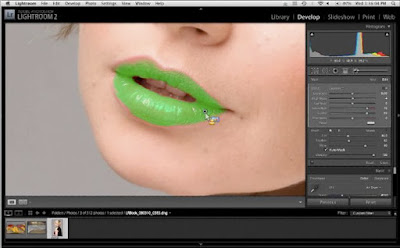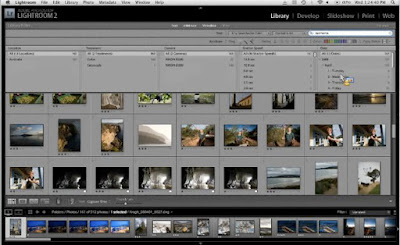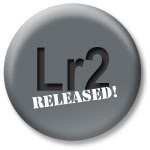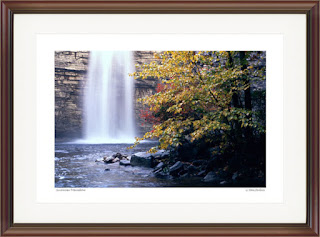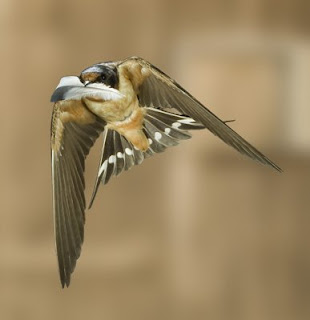
The following article on capturing fast moving images was submitted by wildlife photographer and author
Joe McDonald from
hoothollow.com. Learn more about Joe and his work at the end of this post.
Some of my most successful and exciting images have involved high-speed flash photography of wildlife in action, and incorporated a lot of planning, a heavy use of technology and equipment, and a bit of luck as well. Over the years I’ve photographed a variety of action sequences, from owls and bats flying at night to leaping geckos, frogs, and grasshoppers, to striking rattlesnakes, gliding sugar gliders and flying squirrels, and a host of others.
Planning
The planning that is involved revolves around pre-visualizing the images I intend to make, whether that’s a collared lizard running on its hind legs like a miniature dinosaur or a Texas wood rat leaping from one branch to another. This pre-visualization is important since I’m not reacting to a pose and then snapping the shutter but instead I am firing the camera at a specific time with the hope that my subject will be where I’m expecting it to be.
Technology and Equipment
The technology and equipment involved includes using electronic flash units with a sufficiently fast flash duration to freeze my subject’s actions, and a tripping device to fire my camera or flashes at the precise moment. Of course, there is a bit of luck involved as well, as its possible that every pose captured just isn’t right. However, if one defines luck as when opportunity meets preparedness, one can make ones own luck and accomplish the task. That I can’t help you with, but I can the first two, so variables, so let’s look at the flash requirements first.
TTL flash units will work well for static or relatively slow moving subjects when you are not concerned with stopping fast-moving action. While TTL flashes can indeed do so, the problem with TTL is that the flash duration will vary depending upon the f-stop used, the flash-to-subject distance, the ISO, and the subject’s reflectivity. Generally, a TTL flash will fire its fastest flash burst, or shortest flash duration, when the flash to subject distance is minimal, the ISO is high, the aperture is wide-open, and the subject is light-toned. Conversely, a TTL flash will fire at its longest flash duration at the other extreme – maximum flash-to-subject distances, low
ISO, small aperture, and dark subjects.
For most high-speed flash work I need to pick a particular flash duration for the subject’s requirements and I can’t rely on the guesswork or assumptions required with TTL. For example, I recently photographed periodical cicadas in flight where an extremely brief flash duration was required. I used six old Nikon SB units set on Manual Mode at a 1/64th power ratio, giving me about a 1/30,000th sec flash duration. For another project, involving avian jet fighters also known as barn swallows, I used a powerful, custom built flash system that offered a 1/25,000th flash duration with a high guide number, enabling an f22 aperture with a flash-to-subject distance of four feet. Normally, the faster the flash duration, thus the lower the Power Ratio, the lower the guide number, which means you’ll need to be fairly close to your subject if you’re going for depth of field.
Perhaps it is possible to catch a diamondback rattlesnake’s strike mid-way, or the flight of a cicada as it passes into focus, or a barn swallow as it rockets through a window opening. Perhaps, but I know I can’t do it unassisted, but I can with a camera-tripping device that fires my camera automatically when a subject trips the system. And so, that is what I use.
Phototrap
The device I use is called a
Phototrap, a custom-built camera or flash tripping mechanism made by an ingenious inventor in Arizona. The Phototrap emits a beam, an infrared beam comes standard, that, when broken or reflected back to the sensor trips a circuit that fires either a camera or a flash.
This sounds pretty straightforward but there’s a hitch, and that’s the mechanical delay inherent in virtually all
digital cameras, thus a subject can break the beam and be passed a point of focus before the camera fires. In a way this problem is similar to an automatic door opener – the door must open at the right time, otherwise one could go crashing into a still closed door. With a camera and Phototrap, the shutter must be open at the right time, when the subject is at the right plane of focus.
Unfortunately there is no set formula for compensating for this lag time, which varies from camera to camera but generally incorporates about a 50ms delay. While that delay is a constant, your subject’s speed of travel will vary by the species, or even by the individual, so some trial and error is required. Fortunately, though, with digital this experimentation, this trail and error required to get the timing right, costs only time and effort, unlike in film days when the cost of developing and the time involved while film is sent off for processing made this chore quite painful.
Once the lag time for your camera and the distance traveled by your subject is determined, using the Phototrap becomes quite straightforward. The trap works on three different modes, one of which will best suit your needs for a particular subject. In mode one, an infrared transmitter is placed at A and the receiver at B, where anywhere in the line of sight between these two points a passing subject will trip the Phototrap and fire your camera. This method works well for animal trails, burrows, or even flight paths where your camera coverage area will incorporate most of the distance between A and B. Unfortunately, though, a subject right next to the receiver or transmitter will trip the system as well, and thus may be out of the frame.
The second mode uses the subject’s reflectivity to help trip the beam, and this method also makes for rather precise framing. The transmitter and receiver are placed at right angles to one another, thus the receiver can not ‘see’ the transmitter. However, when a subject passes at the right angle point – the bend in the elbow, so to speak, it reflects light back to the receiver and the camera fires. The beauty of this method is a subject will not fire the camera if it passes too close to either the receiver or transmitter, but will only fire when its at the ‘sweet spot’ at the elbow where its reflection will return to the receiver.
The third mode is similar, in a way, in that the transmitter and receiver are placed side-by-side, attached by a Velcro strip. The beam passes into air space where a passing subject reflects the infrared beam back to the receiver. This works up to around two meters, but it’s the perfect option for catching birds flying to a feeder or a nest hole since everything can be triggered from one position, thus not compromising a bird’s air space.
Using the Phototrap is great fun, and I honestly believe I could probably spend all of my life in the area around my home just working subjects in this manner, catching high-speed flash action shots. While the initial work in setting up can be a bit time-consuming, and even frustrating, once everything is in place the system runs itself. When I was working the barn swallows I’d visit the barn two or three times a day, either to change 8 gb cards or to change the batteries on my flash. I was free to do other things, including working on other photo projects, but at the end of the day I had a collection of shots I never dreamed I’d ever see. That’s a nice feeling!
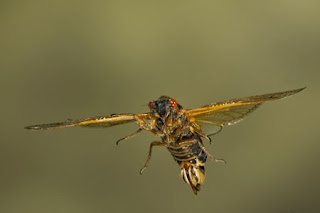
About the Author - Joe McDonald has written 7 books on wildlife and digital nature photography (see some of them below). He is a multiple winner of the prestigious BBC contest and he and his wife Mary run workshops and photo tours in wildlife photography (specializing in East Africa) - you can contact them via email at info@hoothollow.com or visit them online at
hoothollow.com


